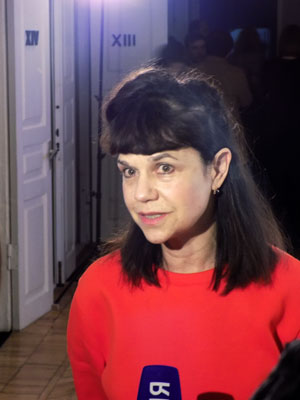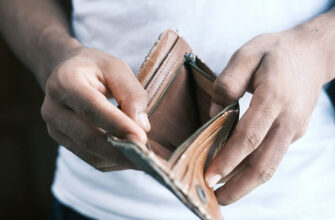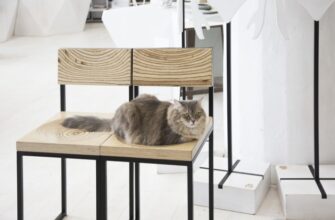The Golitsyn estate in Moscow, on Volkhonka 14 (Museum town of Pushkin Fine Art Museum) introduces visitors to modern “new language” of art on 28 October 2016 to 31 March 2017. After the exhibition, the manor will be closed for renovation and will open as a Gallery of art of the Impressionists and post-Impressionists.
According to the Director of the Museum M. Loshak, the decision to open the exhibition “Walk with the Troubadour” was inspired by “a reflection on the artist.” In her opinion, the exhibition is “a dialogue with the world of free people, who do not think about constraining the corridors of society.” The line connecting the exposition with the medieval poets and musicians, was the creation of a new artistic language, steeped in popular traditions and images of Oriental poetry.
However, what a visitor sees, is not associated with the minstrels, or he was expecting to see in the Pushkin Museum of fine arts. There are almost all possible types of installations and videos by Russian artists and their colleagues from other countries. For example, there is a room with three screens, which are simultaneously the 3 of household video clip about rearranging the room as a symbol of the senselessness of existence: the beginning of the permutation, its process and completion. The exhibition will change every day.
The building in the XVIII century belonged to the boyar B. Yushko, from 1738 to 1886 the house was in the possession of Princes Golitsyn, then it was occupied by schools and courses, classes of Conservatory, the Russian choral society and the Communist Academy. Here lived A. Ostrovsky and I. Aksakov, the house was visited by A. Pushkin, I. Turgenev. Since 1865 the house became the Golitsyn Museum, which existed for about 20 years. Interior space today is more like the Soviet than the decoration of the Prince’s Palace. The ceiling was carefully painted over, but not destroyed, and it is possible to display the magnificence of classical paintings. After the restoration of the Palace and its reconstruction, it will settle the European artists of the second half of XIX – early XX century from the collections of S. I. Shchukin and I. A. Morozov: Manet, Monet, Renoir, Degas, Pissarro, Cezanne, Gauguin, van Gogh, Matisse and the fauves, Picasso and the Cubists.
Sources: Poushkin Fine Art Museum





